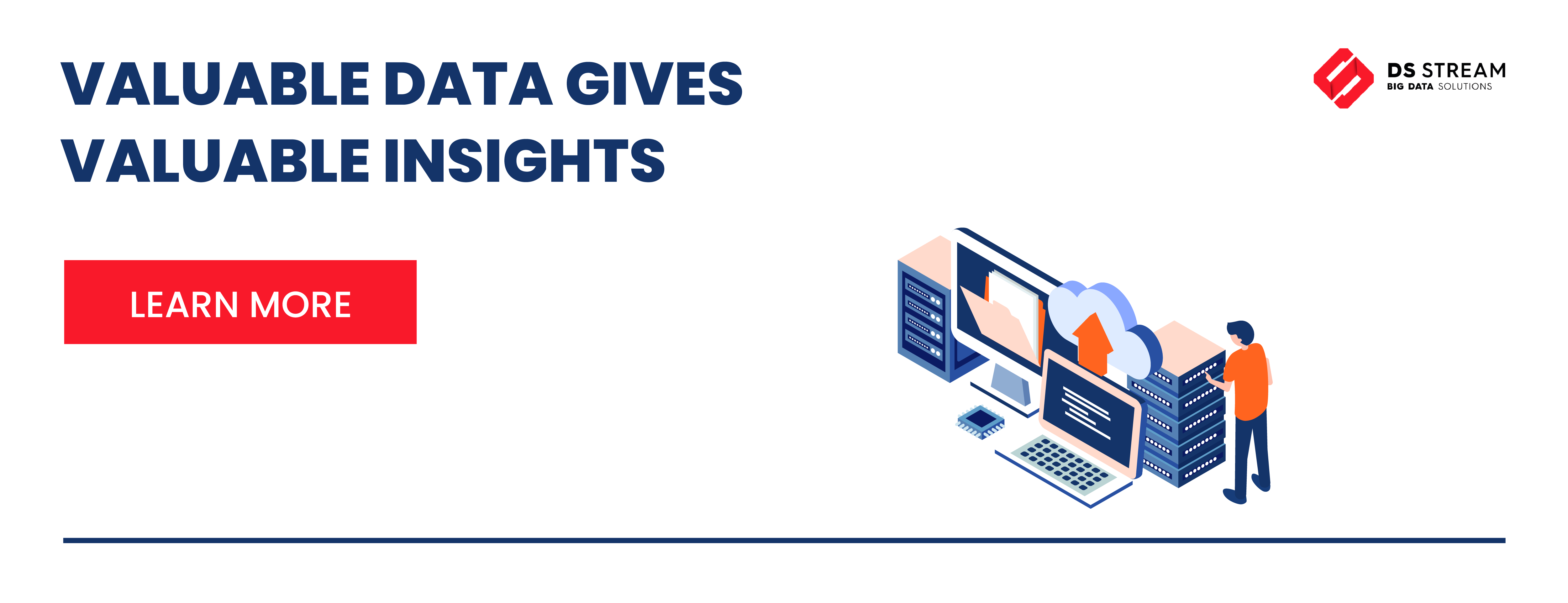Machine learning is a subset of artificial intelligence that provides organizations with useful algorithms that can improve their operations. Would you like to implement the most reliable fraud detection? Machine learning can help you secure your business. Read our article and prevent fraud in your company. In business, you can secure your budget and other resources by introducing the best security practices to your staff and leveraging the most advanced security systems. If you would like to prevent or even eliminate fraud in your organization, you should consider implementing machine learning techniques for fraud detection. Are you curious what types of fraud can be spotted by modern, ML-based software and why such a solution is worth investing in? Read our article to find out.
Fraud detection – machine learning can power your security systems
Machine learning takes advantage of algorithms capable of learning from historical data. When it comes to fraud detection, it is more effective than a human specialist. It will not miss any data that should be analyzed, and in time, it will get even better at recognizing suspicious user behaviors or atypical patterns. ML-based solutions can process hundreds of transactions and claims much faster than any human being, and they can evaluate them 24/7, which makes them great for e-commerce use. E-commerce platforms serve their customers all the time, hence it is important to adopt the highest quality, automated fraud detection systems, which can serve their purpose without need for human monitoring.
What types of fraud can be spotted with ML?
Organizations all over the world face various types of fraud. Fortunately, real time fraud detection machine learning solutions can learn from the collected data, and with time, they are becoming even more reliable. Below, you will find some examples of fraud detection that can be carried out with ML-based system.
1. Credit card fraud detection using machine learning
The evolution of digital and mobile payments has created a new field for fraudulent activities. Additionally, constant efforts to improve the experience have led banks to reduce the number of verification steps, which had been introduced to increase security. Of course, a long payment process may be annoying to some clients, but it prevents fraud. How do you solve this security vs. UX dilemma? A good solution would involve applying advanced analytics, machine learning and AI-based techniques to your systems. ML software is capable of uncovering all anomalies in payment streams. Detailed analysis can identify missing values in sequences of transactions, and special tools can be used to automatically aggregate data from paper documents and other systems in order to ensure data credibility and perform verification. A common method of fraud is creating another transaction close to the original one or copying it to charge a customer twice for a service or product. Systems that run based on predefined rules often fall to such deception. At the same time, machine learning excels at distinguishing errors from fraud attempts; ML is also used for behavioral analysis.
2. Insurance fraud detection – machine learning algorithms
Automation tools and experienced employees can spend many days assessing an insurance claim, and still in many cases, they experience fraud. Commonly faked claims include car or other property damage, unemployment claims etc. With rich, accurate datasets and well-selected ML-models, you can improve insurance claim fraud detection. Machine learning enables you to evaluate claims properly and in a shorter amount of time. Falsified insurance claims can be assessed more effectively and accurately with semantic analysis (an ML-based method for analyzing structured, table-type and unstructured data). Machine learning algorithms can go through documents created by agents, police, and clients and search for the inconsistencies that may occur in a fraud attempt, which are really easily missed by human or rule-based systems. Additional costs in insurance organizations are also generated by duplicated claims and with the right ML algorithms, these can be spotted in time.
3. Transaction fraud detection – machine learning in e-commerce
As the e-commerce market is growing very fast and online shops are adopting more and more payment methods, e-commerce fraud usually takes the form of transaction fraud. E-commerce organizations deal a lot with identity theft (as do banks and loan companies). In cases of identity theft, cybercriminals attack users’ accounts. Then they modify personal data and try to get money or goods from the retailer. If you use machine learning, you will be able to spot suspicious behaviors untypical for this specific user, and the system will notify you about the fraud attempt. The second serious risk for business organizations is related to a certain type of e-commerce platforms – marketplaces. They gather hundreds of consumers and companies, and anybody can create an account and interact with the platform and other users. Some fraudsters can create fake reviews on their account to add credibility to their “brands” and tempt customers, so they can later cheat them. Machine learning algorithms can be applied to detect such practices.
4.Internal Fraud
According to research a typical organization loses over 5 percent of annual revenue to fraud committed by people inside the organization. Majority of the cases are discovered by accident or through internal audits. The most painful cases are those raised by concerned customers that indicate a possible fraudulent behavior of the Sales Representative. On average internal fraud has a much longer lifespan than external fraud. Fortunately, given the right data and proper ML techniques companies can now create a proactive fraud detection system that monitors behaviour of employees and flags potential fraudulent events and patterns. At DSStream we have helped a major Telco company battle Internal Fraud using a mix of statistical analysis and AI to assess risk across the whole company and equip internal investigators with proper tools for automatic fraud monitoring and prediction.
5. Loan fraud detection with ML
About a decade or two ago, it was very difficult to get access to other people’s IDs, photos, contact information or personal data. Today, many internet users don’t really follow the most basic security practices. They send photos of their documents through social media or even post them in places where they can be viewed by anybody. This is very dangerous for both consumers and financial institutions. It is similar to the issue of shortening the payment process – companies try to simplify the verification process in order to process a customer’s application as soon as possible. This results in more fraud. Thieves can try to fool agents in many ways. One of the most common scam techniques is to provide an agent with false personal information, which makes debt collection really difficult or, in some cases, impossible. You can prevent this kind of fraud by analyzing a customer’s relationship history with banks or financial institutions. Another method is to use a scoring model or to perform advanced analysis in order to predict the probability of fraud.
6. E-mail phishing detection with machine learning
In business, e-mail phishing is more sophisticated than the well-known “message from the wealthy Nigerian prince” types of tricks. Surely your staff knows not to open messages from suspicious sources and not to click any links in e-mails from strangers. But how can they be certain that a given message is totally fine? Your employees may receive an e-mail that looks almost exactly like the invoice message they get every month from a service provider. It may be very hard to distinguish a real e-mail from a fraud attempt. Traditional filters for phishing detections may not be as good as ML-based solutions that use classification and regression models.
How do you apply fraud detection machine learning algorithms in your systems?
If you have never leveraged machine learning algorithms in your business, you should be aware that it is a complex technology. We can help you select the best methods of fraud detection with machine learning and assist you with implementing the right systems. Contact us if you would like to learn more.

What is big data analytics examples types definition
E-commerce site search solutions importance types suggestions




